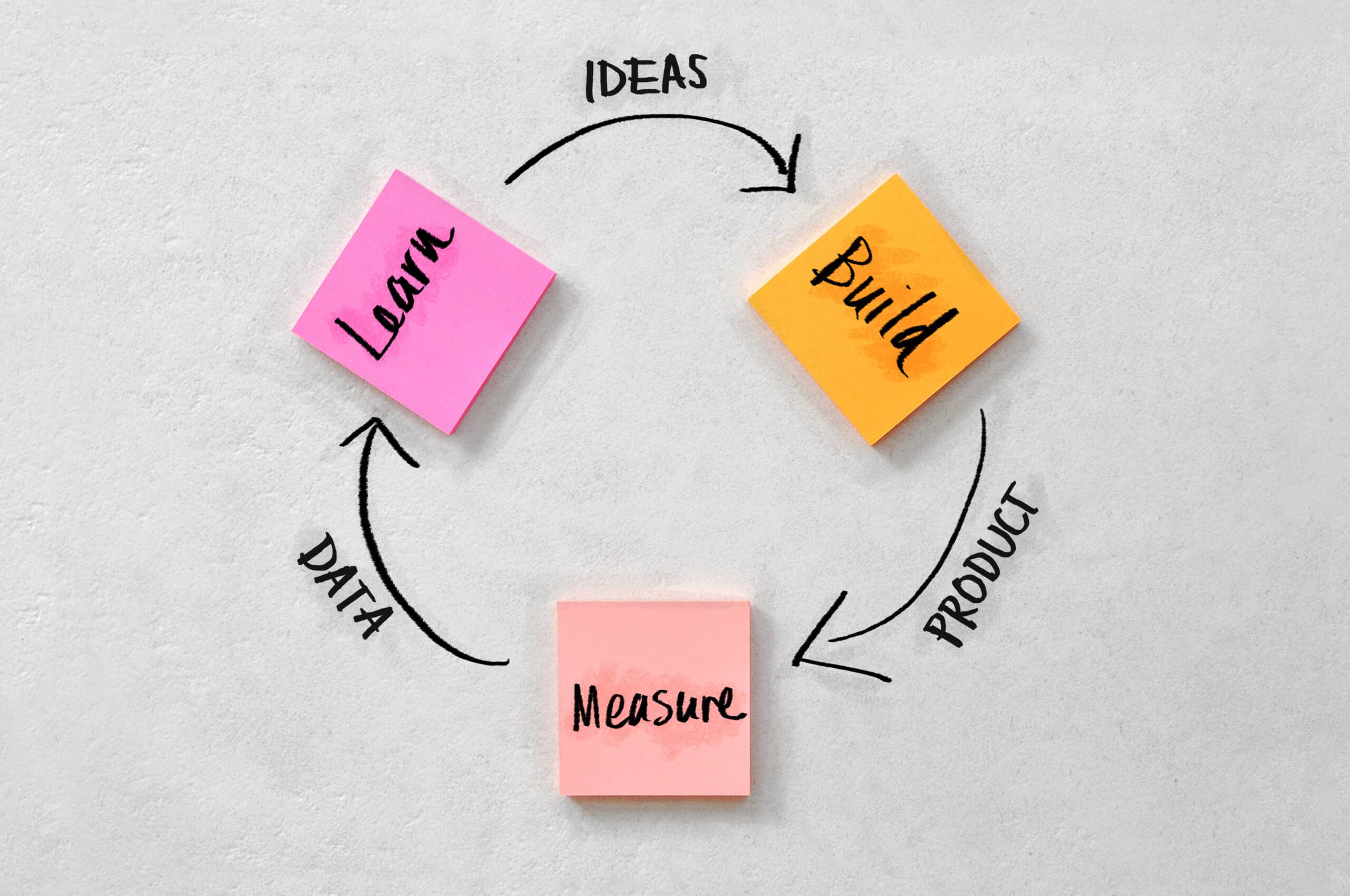Many successful business owners know the value of a productive workplace. Happier employees, satisfied customers, high morale, and a positive environment – the benefits are endless.
Although there is no ‘one size fits all solution’ to guarantee productivity, there are a few simple changes you can make to improve productivity in your workplace. Consider these four tips:
Incorporate Nature
When you think about your office design, how often do you pay attention to how the physical space can affect the psychological well-being of your staff? If you are like most small business owners, you probably don’t pay enough attention. But if you are serious about improving the productivity of your staff, you must understand the connection between design, natural elements and employee engagement.
Research has shown that indoor plants can boost an employees’ overall well-being, creativity and concentration. Adding nature or outdoor-like elements such as plants, a water feature, a fish tank or a living wall can help to reduce your employees’ stress levels. If these options are not feasible, adding nature photography, nature sounds or natural light can be just as useful for improving productivity.
Opt For Automation
Using automation helps to remove inefficiencies and free up time so employees can concentrate on tasks of higher importance. Whether it is automating an email, invoice, HR function or improving database management, you should consider the ways it could benefit your business. Look at what tasks are taking up a significant portion of your employees’ time, such as manual social media posting or replying to website enquiries and brainstorm alternative solutions, i.e., installing a social media automation tool or using a chatbot for your website.
Encourage Breaks
Taking a break to get outdoors at least once a day can improve alertness, mood and overall health; yet many workplaces are known for working through their lunch breaks. Creating a culture in your office which encourages employees to take breaks is not counterproductive, in fact, it can make a difference to your employee’s quality of work. Foster a healthy workplace culture by first leading by example and encouraging others to follow suit. Start a lunchtime sports competition, ask your colleague to have a walking meeting or make it compulsory for employees to take at least half an hour for lunch.
Cut Down On Meetings
It is well known that meetings can drain productivity, especially when they are lengthy and involve employees that are not necessarily needed. But meetings still hold their purpose in the office, so they should never be eradicated but instead revised. Evaluate how many meetings you have and how effective they are in problem-solving, decision making and informing staff. Is there a better alternative to holding a meeting? For example, sending an email or a message via your intranet. When scheduling a meeting is essential, be sure to use an agenda to stay on topic and address unrelated questions in a follow-up email after the meeting.













